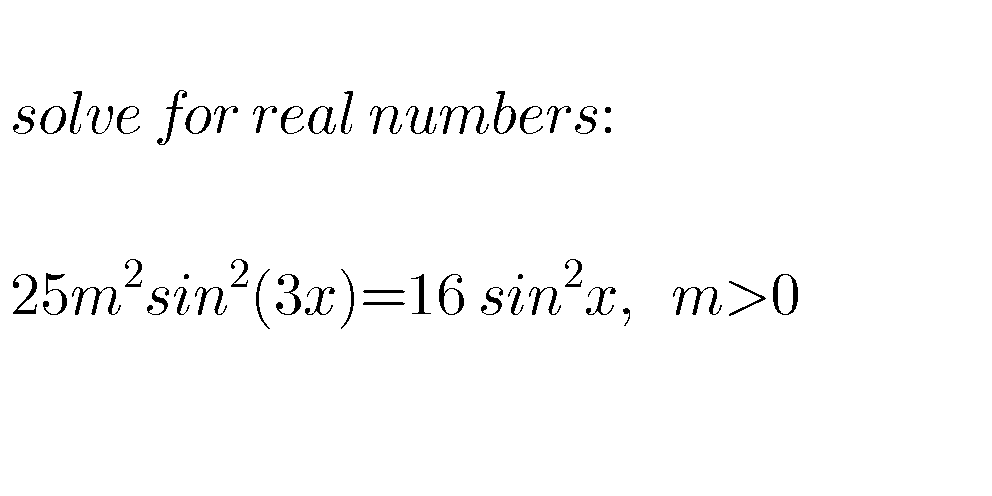
AllQuestion and Answers: Page 1404
Question Number 72398 Answers: 0 Comments: 4
Question Number 72397 Answers: 0 Comments: 4
Question Number 72396 Answers: 0 Comments: 2
Question Number 72395 Answers: 0 Comments: 0
$${find}\:\sum_{{k}=\mathrm{0}} ^{{n}} \left({C}_{{n}} ^{{k}} \right)^{\mathrm{3}} \\ $$
Question Number 72394 Answers: 0 Comments: 3
Question Number 72393 Answers: 0 Comments: 0
Question Number 72392 Answers: 0 Comments: 1
Question Number 72391 Answers: 0 Comments: 1
Question Number 72362 Answers: 1 Comments: 0
Question Number 72462 Answers: 0 Comments: 2
Question Number 72346 Answers: 0 Comments: 1

Question Number 72344 Answers: 0 Comments: 3
$${prove}\:{that}\:\:{e}^{{lnx}} \:=\:{x} \\ $$$${or}\:\:{a}^{{log}_{{a}} {x}} \:=\:{x} \\ $$
Question Number 72343 Answers: 0 Comments: 3
Question Number 72339 Answers: 0 Comments: 1
Question Number 72337 Answers: 1 Comments: 1
Question Number 72336 Answers: 0 Comments: 0
Question Number 72332 Answers: 1 Comments: 0
Question Number 72316 Answers: 0 Comments: 6
Question Number 72359 Answers: 1 Comments: 2

Question Number 72296 Answers: 1 Comments: 4
Question Number 72294 Answers: 1 Comments: 4

Question Number 72291 Answers: 1 Comments: 0

Question Number 72289 Answers: 2 Comments: 0
Question Number 72275 Answers: 0 Comments: 2
Question Number 72260 Answers: 1 Comments: 3
Question Number 72259 Answers: 1 Comments: 0
$$\int{yz}\:{dx}\:+\int{xz}\:{dy}\:+\int{xy}\:{dz}\:\:\:\:{pleas}\:{sir}\:{help}\:{me}\:? \\ $$
Pg 1399 Pg 1400 Pg 1401 Pg 1402 Pg 1403 Pg 1404 Pg 1405 Pg 1406 Pg 1407 Pg 1408
